The ancient Romans were master builders whose architectural innovations still resonate today. Among their most impressive achievements were open-air theaters designed with sophisticated acoustic principles that allowed thousands of spectators to clearly hear performances without modern amplification. As modern music festivals grapple with sound challenges in vast outdoor spaces, designers are increasingly looking to these millennia-old solutions for inspiration.
When walking through the ruins of ancient theaters like the Theatre of Epidaurus or the Colosseum, one can't help but marvel at how whispers from the stage could reach the highest seats. This phenomenon wasn't accidental but the result of precise mathematical calculations and material choices. The semicircular design, stepped seating arrangement, and strategic use of reflective surfaces created natural sound amplification that modern engineers are now adapting for contemporary music events.
The physics behind this ancient acoustic magic reveals why these principles translate so well to modern festivals. Roman architects understood how sound waves behave in open spaces, designing their theaters with concave surfaces that focused sound energy toward the audience. The seating materials - often limestone - absorbed just enough sound to prevent echoes while reflecting the majority of voices and instruments upward through the crowd. Modern sound engineers have begun replicating these material properties in temporary festival structures.
At recent European music festivals, organizers have experimented with modified versions of the Roman cavea (seating section). By arranging audience areas in precise concentric semicircles around the stage and using modern sound-reflective materials that mimic ancient stone properties, they've achieved remarkable clarity without excessive electronic amplification. This approach particularly benefits acoustic performances where maintaining natural sound quality is paramount.
The orchestra pit placement in Roman theaters offers another valuable lesson. Ancient designers positioned this area not just for visibility but for optimal sound projection. Modern festivals adopting this principle place main stages at the acoustic focal point of the venue's natural topography, using the landscape itself as a sound amplifier much like the Romans used their theater foundations.
One surprising adaptation involves the scaenae frons - the elaborately decorated permanent background of Roman theaters. Its columns and niches created complex sound diffraction patterns that enhanced acoustic richness. Contemporary festival designers now incorporate similar textured surfaces behind stages, though constructed from lightweight modern composites rather than marble. These surfaces break up sound waves in ways that prevent the muddy acoustics common in large open fields.
The Roman use of vaulted passageways beneath seating areas, originally designed for crowd movement, inadvertently created beneficial acoustic effects by channeling low-frequency sounds. Modern festival grounds have begun incorporating similar underground channels in their temporary architecture, not just for logistics but to manage bass frequencies that often become distorted in outdoor settings. This application shows how ancient solutions can address very modern audio challenges.
Perhaps the most significant lesson from Roman acoustics is the holistic approach to sound design. Where modern concerts often rely on speaker placement and electronic processing as afterthoughts, Roman theaters integrated acoustics into every architectural decision. Forward-thinking festival planners now involve acoustic consultants from the earliest site planning stages, considering how every structure - from food stalls to VIP platforms - might interact with the soundscape.
Environmental benefits accompany these ancient-inspired designs. Reduced reliance on massive speaker arrays and power-hungry amplification systems decreases energy consumption at festivals. Some events report cutting their sound system power requirements by nearly 40% while actually improving audience experience - a rare win-win in event production. This sustainability aspect makes the Roman approach particularly attractive as the music industry seeks greener practices.
The adaptation isn't without challenges. Ancient theaters were permanent structures built into hillsides, while modern festivals occur in diverse temporary locations. Engineers must creatively reinterpret principles for flat fields or urban parks. Yet the core ideas - strategic geometry, material science, and understanding how sound interacts with space - remain remarkably relevant. As one sound designer noted, "We're not copying Roman blueprints, but rather learning how they thought about sound in three dimensions."
From Glastonbury to Coachella, subtle elements of Roman acoustic design are appearing. Curved audience areas replace rectangular grids, stage backdrops incorporate sound-scattering textures, and site selection prioritizes natural sound projection. While massive line arrays of speakers still dominate major festivals, the growing "unplugged" movement and acoustic stages demonstrate the viability of these ancient techniques for certain performances.
This architectural time-travel represents more than historical curiosity. In an era where many festival-goers complain of homogenized, over-amplified sound experiences, the Roman approach offers a path toward more organic, venue-specific audio. The best modern adaptations don't reject technology but find smarter ways to integrate it with natural acoustics - using digital tools to enhance rather than replace physical sound propagation.
As research continues, we may see even more sophisticated applications of Roman principles. Early experiments with 3D-printed structures that precisely mimic ancient theater acoustics show promise for temporary installations. Other designers are exploring how machine learning might optimize seating layouts based on real-time sound measurements, creating a dynamic modern equivalent of the Roman architect's intuitive understanding of space and sound.
The enduring lesson from these ancient masters is that good acoustic design begins with listening - not just to sound waves, but to how people naturally experience audio in shared spaces. Two thousand years later, that fundamental insight continues to resonate across time, proving that some solutions are truly timeless.
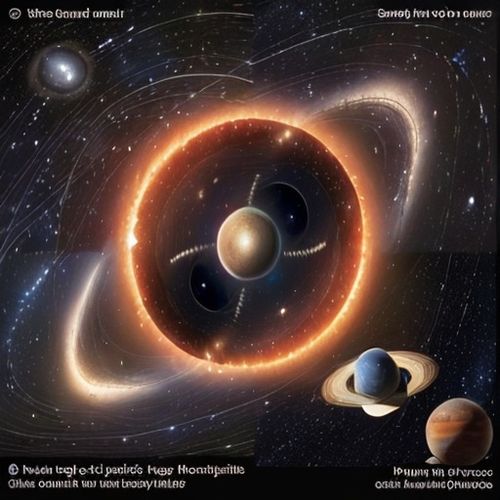
By Victoria Gonzalez/Apr 14, 2025
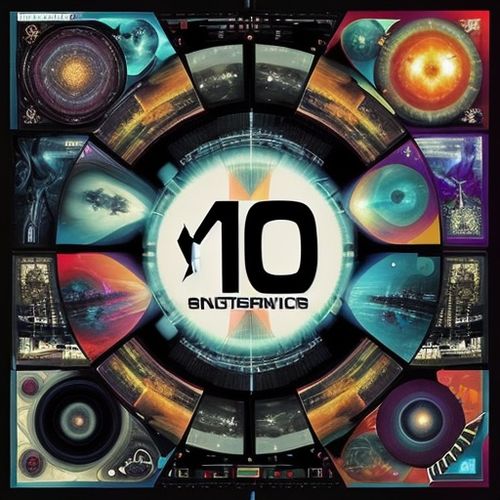
By Ryan Martin/Apr 14, 2025
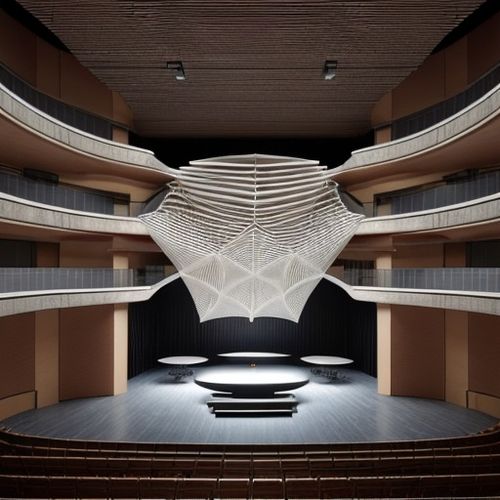
By John Smith/Apr 14, 2025

By Eric Ward/Apr 14, 2025

By Victoria Gonzalez/Apr 14, 2025

By Ryan Martin/Apr 14, 2025

By James Moore/Apr 14, 2025

By Megan Clark/Apr 14, 2025
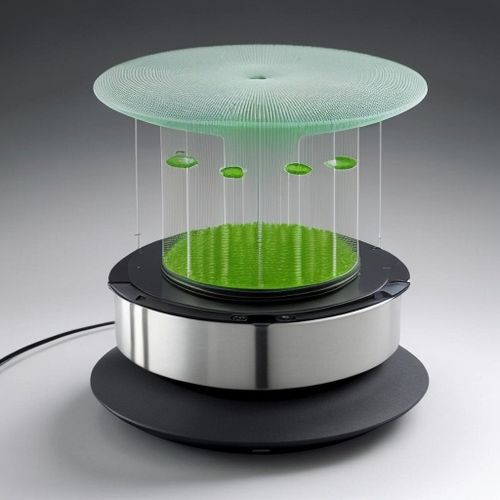
By John Smith/Apr 14, 2025
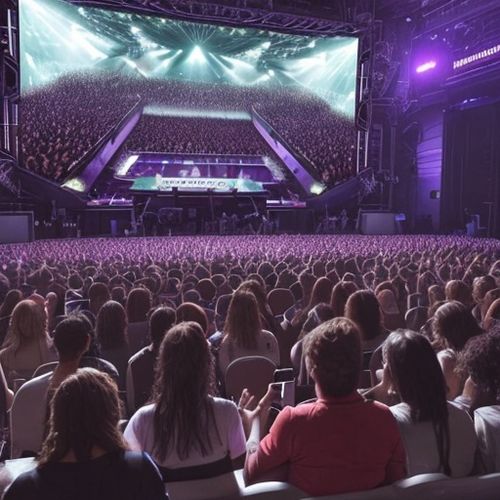
By Joshua Howard/Apr 14, 2025
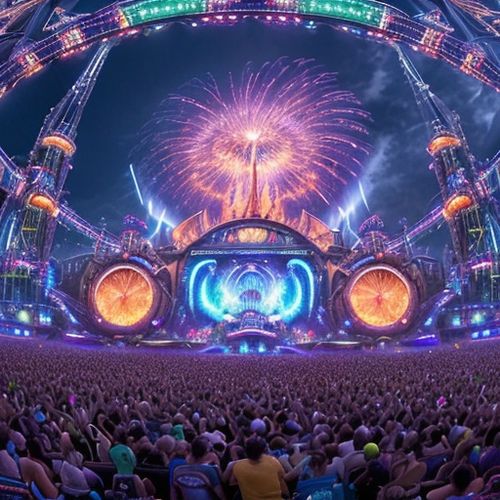
By Laura Wilson/Apr 13, 2025
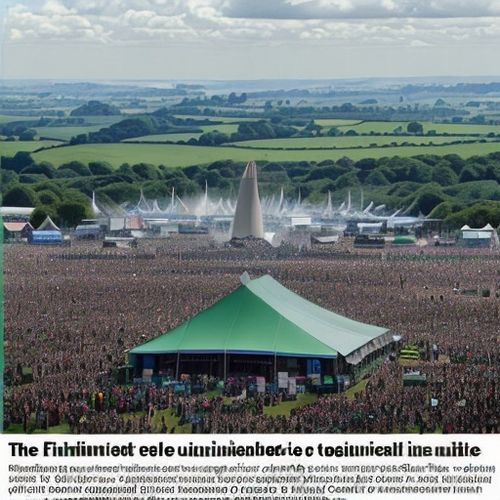
By Grace Cox/Apr 13, 2025

By Benjamin Evans/Apr 13, 2025

By George Bailey/Apr 13, 2025
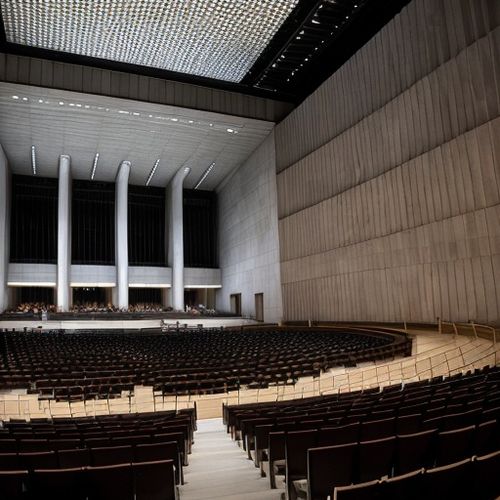
By David Anderson/Apr 13, 2025
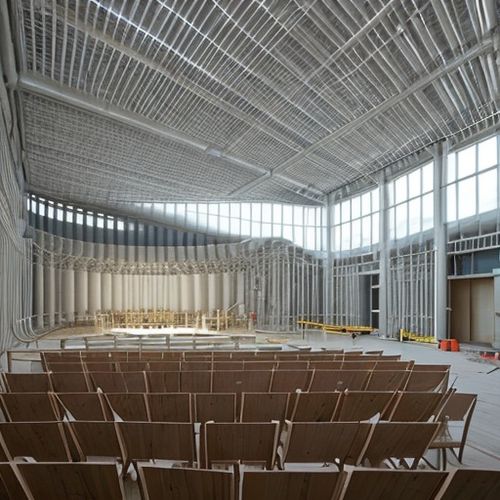
By Grace Cox/Apr 13, 2025
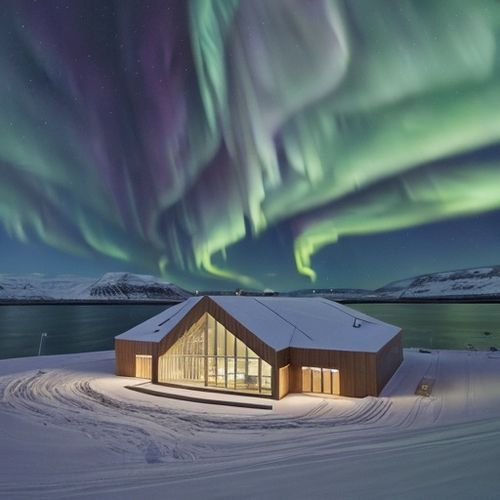
By William Miller/Apr 13, 2025
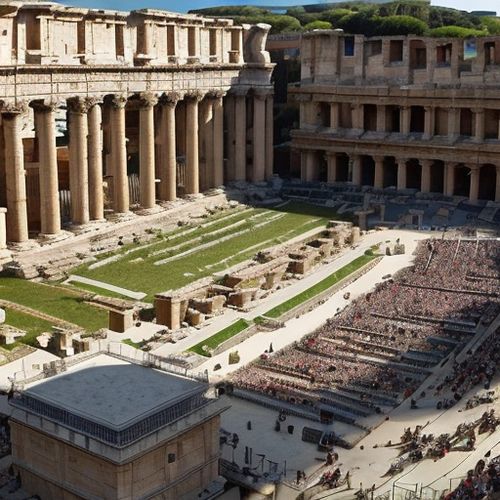
By Rebecca Stewart/Apr 13, 2025

By William Miller/Apr 13, 2025
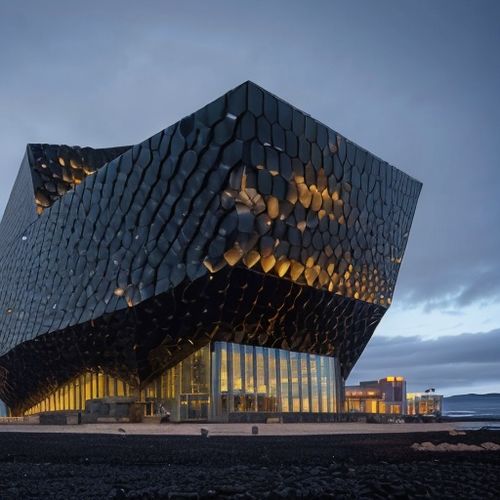
By Daniel Scott/Apr 13, 2025